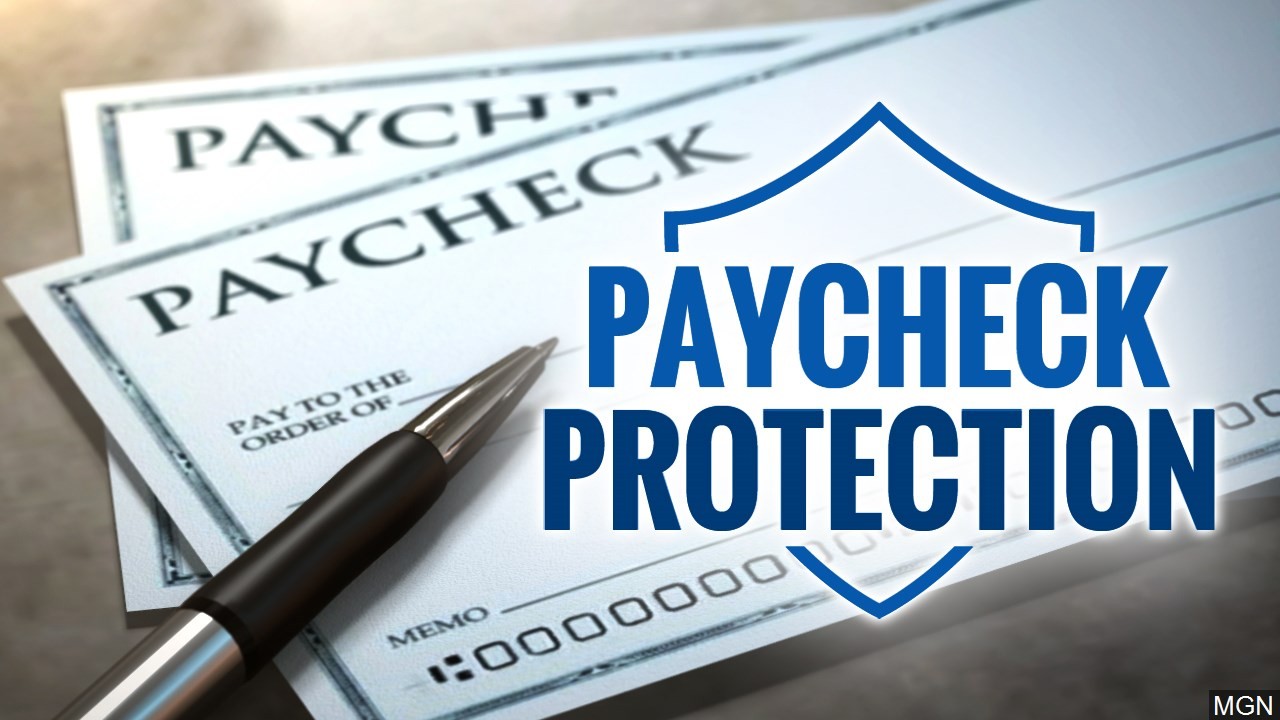Due to the COVID-19 pandemic, the Financial Accounting Standard Board deferred the effective date of the new lease accounting standard, ASC 842. For private companies, including not-for-profit private companies, the effective date is fiscal years beginning December 15, 2021, and interim periods beginning after December 15, 2022. The effective date for calendar year private companies is January 1, 2022.
Is your company ready to adopt and implement the new lease accounting standard? As the saying goes, “the early bird catches worms,” given the intricacy of this new lease standard, give yourself a head start and start early. Public companies who have already implemented the new standard advised companies who have yet to implement the new lease standard to start early. To help give you a head start, here are some information about the ASC 842 you can start working on.
On the older lease recognition standard, ASC 840, leases were classified as either operating or capital lease. The new lease standard, ASC 842, preserved the former classifications of leases but now refers capital lease to as finance lease. Under the new standard, a lease is a financed lease if it meets any of the following:
- ownership of the underlying asset transfers to the lessee at the end of the lease term,
- the lessee have the option to purchase the underlying asset that the lessee is reasonably certain to exercise,
- the lease term will be for the major part of the remaining economic life of the underlying asset,
- the PV of the sum of the lease payments and any residual value guaranteed by the lessee that is not, or as the new criteria,
- the underlying asset is of such a specialized nature that it’s expected to not have any alternative use to the lessor at the end of the lease term.
The key difference between the ASC 840 lease standard and the new ASC 842 guidance is the requirement for lessees to recognize all lease contracts, including operating leases, with lease terms greater than 12 months on their balance sheet. Lessees must now recognize on their balance sheet, at lease commencement, both:
- The right-of-use (ROU) asset. The ROU refers to the lessee’s right to use the leased asset over the term of the lease, and,
- The lease liability. It is the lessee’s contractual obligation to make lease payments over the terms of the lease.
Accounting for lessor has not changed significantly from the current GAAP with a few exceptions of some revisions to make sure it is consistent with the revised lessee guidance and with the FASB ASC Topic 606, Revenue from Contracts with Customers.
Once you understand the difference between the older lease standard and the new guidance, you can begin by collecting and reviewing your lease contracts. You need to identify if a “lease” exists in the contract. A lease is a “contract, or part of a contract, that conveys a right to control the use of an identifiable asset for a period of time in exchange for consideration.” You need to determine if there is an identifiable asset in the contract. There are more considerations/determinations you need to make to conclude whether a “lease” exists in a contract. Unfortunately, I cannot cover them here.
The next step after you have concluded that a “lease” exists in a contract, is to begin classifying the leases. The tedious part of this new standard is putting together the amounts for your new accounts: ROU Asset, Deferred Rent, Rent Expense, Lease Incentive, Lease Liability, etc. If you only have a handful of leases, you might be able to do this on your own. But if you have several leases, your company might be better off acquiring lease accounting software. Note that there are more guidance and considerations to the ASC 842 that were not mentioned in this blog. Please do more due diligence about this new standard. One place you can go to is direct to the FASB website at https://fasb.org/home.






